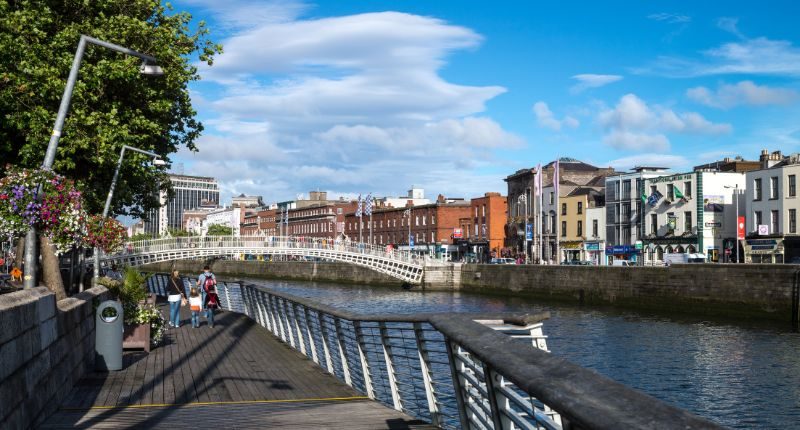- There have been calls for rent control in Australia, although this has been heavily criticised
- A range of policy changes have been introduced in Australia, including depreciation deduction changes and increased mortgage buffer
- The Australian vacancy rate is below 1%
A chronic shortage is to be exacerbated as Australia follows some of the major policy mistakes made in Ireland, says a leading buyers agency.
BuyersBuyers cofounder Pete Wargent said many media articles are referring to the dire rental market in Ireland which has been caused a string of measures originally intended to target ‘greedy landlords’ which have backfired.
“These have included rent controls, changes to tax policy to restrict the deductibility of interest, and the moratorium on evictions,” explained Mr Wargent.
“The inevitable result has been a chronic shortage of rentals and massive queues outside properties for rent.”
Mr Wargent said reports show there are just 716 properties to rent in Ireland – Ireland is home to 5 million people, around the same population as Sydney and Melbourne – highlighting the fact that landlords are leaving the market in droves, thanks to increasing taxes and regulations.
“Like Australia, Ireland has struggled to maintain an adequate social housing supply in recent years but has also made it increasingly challenging for private landlords to pick up the slack,” he added.
“Australia isn’t at such a crisis point just yet, but things are heading in that direction. There have been early calls for rent controls in Australia from the UNSW City Futures and others, but these haven’t yet come to pass.”

There has been a range of policy changes affecting landlords in Australia, such as restrictions on deprecation deductions for assets acquired since May 2017, major reforms to tenancy laws and the 300 basis points buffer for new borrowers.
“There are further measures in the post which would make being a landlord incrementally less attractive, such as Queensland’s proposed changes to land tax regulations to include the taxation of properties located outside the state,” he said.
“A rapid series of interest rate increases also tends to shift the balance between buying and renting towards the rent side of the equation, so in this context it’s not that surprising that the number of available rentals continues to dwindle.”
According to SQM Research, weekly rent listings are at series lows, despite Australia’s population increasing by 4 million between 2011 and 2021. The vacancy rate is 0.9%.
National
“The latest arrivals and departures figures suggest a very sharp rebound in the number of new entrants to Australia, the majority of whom will be renters, so it’s inevitable that there will be further pressure on the rental supply,” added Mr Wargent.
Immigration rebound
Doron Peleg, BuyersBuyers CEO, noted there had been a recent shift in demand back towards Sydney and Melbourne. This has taken the pressure off regional markets, with inner city landlords now being able to find suitable tenants easier than before.
“However, in aggregate the pressures on the rental market continue to grow. With population growth likely to increase back towards 1.5% per annum that’s an extra 375,000 heads to provide accommodation for each year,” he said.
“Unfortunately, in the current environment many landlords are likely to sell, further depleting the rental stock, and this will see asking rents continue to rise.
“As in some other countries, the increased use of short-term rental outlets such as Airbnb and other privately owned websites run may also have decreased the available rental supply advertised through the traditional real estate portals.”
Mr Wargent added that the current rental market pressures are not directly due to one policy, but a range of factors.
It’s the death of a thousand cuts for many small landlords at the moment,” he said.
“For example, landlords in Canberra have already faced adverse changes to property taxes in recent years, and now they’re dealing with new laws on sustainability related to appliance energy use, in addition to the other tenancy reforms.
“In this context, it’s not hard to see why a landlord might opt to sell up and move into an asset class where the goalposts aren’t continually moving.”
“Adelaide has had a rental vacancy rate as low as 0.3% which is about as unhealthy a market dynamic as we’ve seen in a capital city in Australia, although arguably Hobart has been even worse in this regard.”
Non-resident buyers also taxed out of the market, he said, added that there doesn’t appear to be any respite for rental supply on the horizon.
“There’s no easy fix, but a useful start would be bringing the serviceability buffer back down from 300 basis points in September. After the next interest rate hike the lending assessment buffer in place will be effectively stress testing for a scenario which financial markets see as remote,” he concluded.








